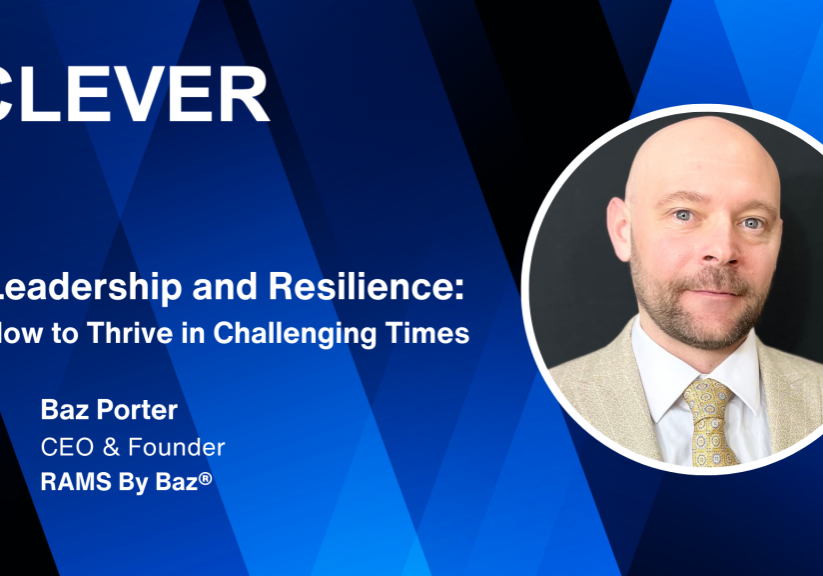
U.S. economic output increased at the fastest pace on record last quarter as businesses began to reopen and customers returned to stores. But the economy has climbed only partway out of its pandemic-induced hole, and progress is slowing.
Gross domestic product grew 7.4 percent in the third quarter, the Commerce Department said Thursday. The gain, the equivalent of 33.1 percent on an annualized basis, was by far the biggest since reliable statistics began after World War II.
The rebound was fueled in part by trillions of dollars in federal assistance to households and businesses. That aid has since dried up, even as the recovery remains far from complete: The economy in the third quarter was 3.5 percent smaller than at the end of 2019, before the pandemic. By comparison, G.D.P. shrank 4 percent over the entire year and a half of the Great Recession a decade ago.
The report was the last major piece of economic data before the presidential election on Tuesday. President Trump’s campaign hailed the big gain as “absolute validation” of the administration’s policies, while the campaign of former Vice President Joseph R. Biden Jr. dismissed it as a “partial return” that was already fading.
G.D.P. grew 7.4% in the third quarter.
2019 Q4 LEVEL
$20 trillion
+7.4%
Q2 to Q3
–9.0%
Q1 to Q2
15
10
Gross domestic product, adjusted
for inflation and seasonality, at
annual rates
5
’15
’16
’17
’18
’19
’20
2019 Q4 LEVEL
$20 trillion
+7.4%
Q2 to Q3
–9.0%
Q1 to Q2
15
10
Gross domestic product, adjusted for inflation
and seasonality, at annual rates
5
’15
’16
’17
’18
’19
’20
Economists said the third-quarter figures revealed less about the strength of the recovery than about the severity of the collapse that preceded it. G.D.P. fell 1.3 percent in the first quarter and 9 percent in the second as the pandemic forced widespread business closures. A big rebound was inevitable once the economy began to reopen. The challenge is what comes next.
“The reason we had such a big bounce is that the economy went from closed to partially open,” said Michelle Meyer, head of U.S. economics at Bank of America. “The easy growth was exhausted, and now the hard work has to be done in terms of fully healing.”
There are signs that the recovery is losing steam. Industrial production fell in September, and job growth has cooled, even as a growing list of major corporations have announced new rounds of large-scale layoffs and furloughs. Most economists expect the slowdown to worsen in the final three months of the year as virus cases rise and federal assistance fades.
Forecasts for the next G.D.P. report are highly uncertain this early in the quarter. But most forecasters expect growth to slow to about 1 to 1.5 percent, with some economists anticipating even weaker results. That would leave the economy about 2.5 percent smaller than before the pandemic.
A 2.5 percent contraction would be the equivalent of a relatively typical recession — smaller than the Great Recession but substantially worse than the mild downturns of the early 1990s and 2000s.
“We’re no longer in unprecedented territory, but this is still a deep gash in our economy,” said Tara Sinclair, a George Washington University economist who studies recessions.
What is troubling, Ms. Sinclair said, is that after the initial bounce, the economy appears to be falling into a pattern that has become familiar in recent decades: a steep drop in a recession, followed by a painfully slow rebound. Congress’s failure to provide more stimulus money, she said, makes a weak recovery more likely.
“Without any further support, it’s going to be a slog,” she said.
Separate data released by the Labor Department on Thursday showed that 732,000 workers filed new claims for state unemployment benefits last week, a decrease of about 28,000 from the week before. New claims have fallen only gradually in recent weeks and remain extraordinarily high by historical standards. And millions of people who lost jobs earlier in the pandemic remain unemployed.
“We’re moving in the right direction, but not nearly as quickly as we need,” said AnnElizabeth Konkel, a labor market economist for the Indeed Hiring Lab. “We need to recover quicker so that we don’t have people transitioning to long-term unemployment.”
Laura Mayer was furloughed in March from her job as the general manager at Public House, a restaurant at Oracle Park, the San Francisco Giants’ baseball stadium. At the end of September, her furlough turned into a permanent layoff.
Federal aid helped Ms. Mayer, 56, get through the early months of the pandemic. She received $450 a week in state unemployment benefits, plus $600 a week in supplemental benefits from the federal government. Her partner, who had also lost his restaurant job, received benefits, too.
But the $600 supplement expired at the end of July, and Congress has failed to agree on a plan to replace it. Ms. Mayer’s state benefits ran out at the end of September — the same week her job loss turned permanent — and a 13-week federal extension will expire in December, leaving her with no income. Her partner, Steven Flamm, found a restaurant job in June, but at 25 hours a week, it isn’t enough to sustain them both.
“All that I’ve built my whole life just got wiped out,” Ms. Mayer said. “I just don’t know what my future is, and I think that’s the scariest part.”
The G.D.P. report released on Thursday doesn’t break down the data by race, sex or income. But other sources make clear that the pandemic has taken a disproportionate toll on low-wage workers, particularly on Black and Hispanic women. Those workers bore the brunt of the job losses early in the crisis and have continued to struggle. Service-sector jobs have been slow to return, while school closings are keeping many parents, especially mothers, from returning to work. Nearly half a million Hispanic women have left the labor force over the last three months.
Many white-collar professionals held on to their jobs and have been able to shore up their savings as they cut spending on vacations and restaurant meals during the pandemic. And while the stock market has fallen in recent days, it has recovered far more quickly than the economy as a whole.
“If we’re thinking that the economy is recovering completely and uniformly, that is simply not the case,” said Michelle Holder, an economist at John Jay College in New York. “This rebound is unevenly distributed along racial and gender lines.”
Consumer spending drove the recovery in the third quarter, rising nearly 9 percent. But that rebound, too, has been uneven, with some sectors seeing big gains and others remaining all but shut down.
Services took the biggest hit.
+6.7%
from the end
of 2019
Percent change in
consumer spending
from the last quarter
of 2019
+5%
Goods
0
−5
–7.7%
Services
−10
−15
Q4
2019
Q1
2020
Q2
Q3
+6.7%
from the end
of 2019
+5%
Goods
Percent change in consumer spending
from the last quarter of 2019
0
−5
–7.7%
Services
−10
−15
4th quarter
2019
1st quarter
2020
2nd quarter
3rd quarter
Consumer spending on goods last quarter rose sharply, nearly 10 percent, more than enough to offset a relatively mild 2.8 percent decline in the spring. Spending on durable goods was particularly strong as Americans rushed to buy cars, recreational vehicles and equipment for their new homebound lifestyles.
Spending on services, on the other hand, collapsed in the second quarter, falling 12.7 percent as consumers abandoned restaurant meals, gym classes and family vacations. Services spending rebounded 8.5 percent last quarter but remains 7.7 percent below its pre-pandemic level.
Two Wisconsin businesses illustrate the diverging paths of the two sectors.
When U.S. auto plants shut down last spring, it meant an immediate loss of business for Husco International, a manufacturer of hydraulic and electromechanical components for cars and other equipment. The company cut back production and furloughed many of its workers.
But by the end of May, car factories were humming again, and Husco’s business had begun to bounce back. In September, its automotive division had its best month on record.
Austin Ramirez, the company’s president and chief executive, said he still expected sales to be down about 10 percent for the full year. Despite September’s strong results, the pandemic and the economic weakness it has wrought are dragging down demand. And the virus is causing other complications, leading to more employee absences. But the damage to his business is not nearly as severe as in the recession a decade ago.
“In a cyclical business like ours, this has actually been a fairly mild recession that we’ve had tools to manage,” Mr. Ramirez said.
For Becky Cooper, it is a different story. Bounce Milwaukee, the family entertainment center that she owns with her husband, shut down in March and has yet to reopen. They experimented over the summer with selling takeout pizza and offering drive-in movies in the parking lot, but sales weren’t enough to offset costs.
The couple began the year dreaming up plans for what they would do once they paid off the Small Business Administration loan they used to open the business six years ago. Instead, they had to drain their bank accounts and take on more debt. Now, with Covid-19 cases spiking in Wisconsin, they don’t know when they will be able to welcome customers again — or whether they can hold out until then.
“I’m watching those numbers go up and just feeling so powerless,” Ms. Cooper said. “The beginning of March seems almost insanely optimistic to me, and I don’t see how much past that we could possibly go.”
Gillian Friedman and Jeanna Smialek contributed reporting.












